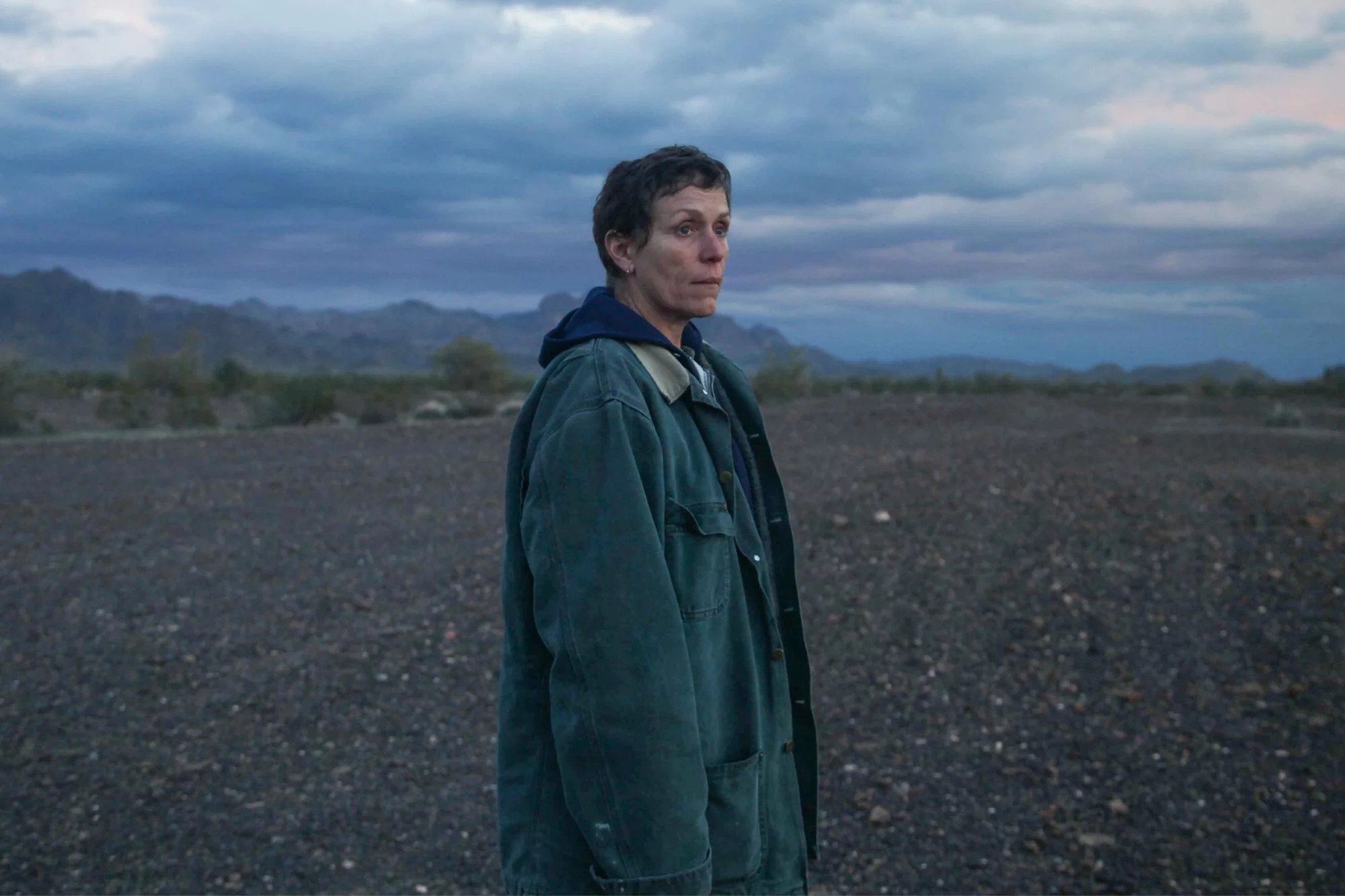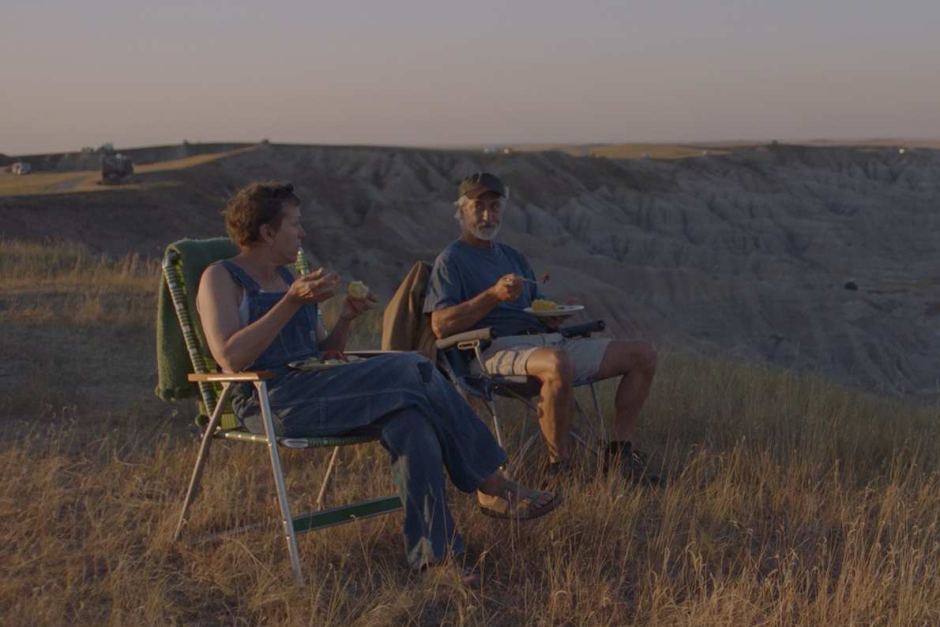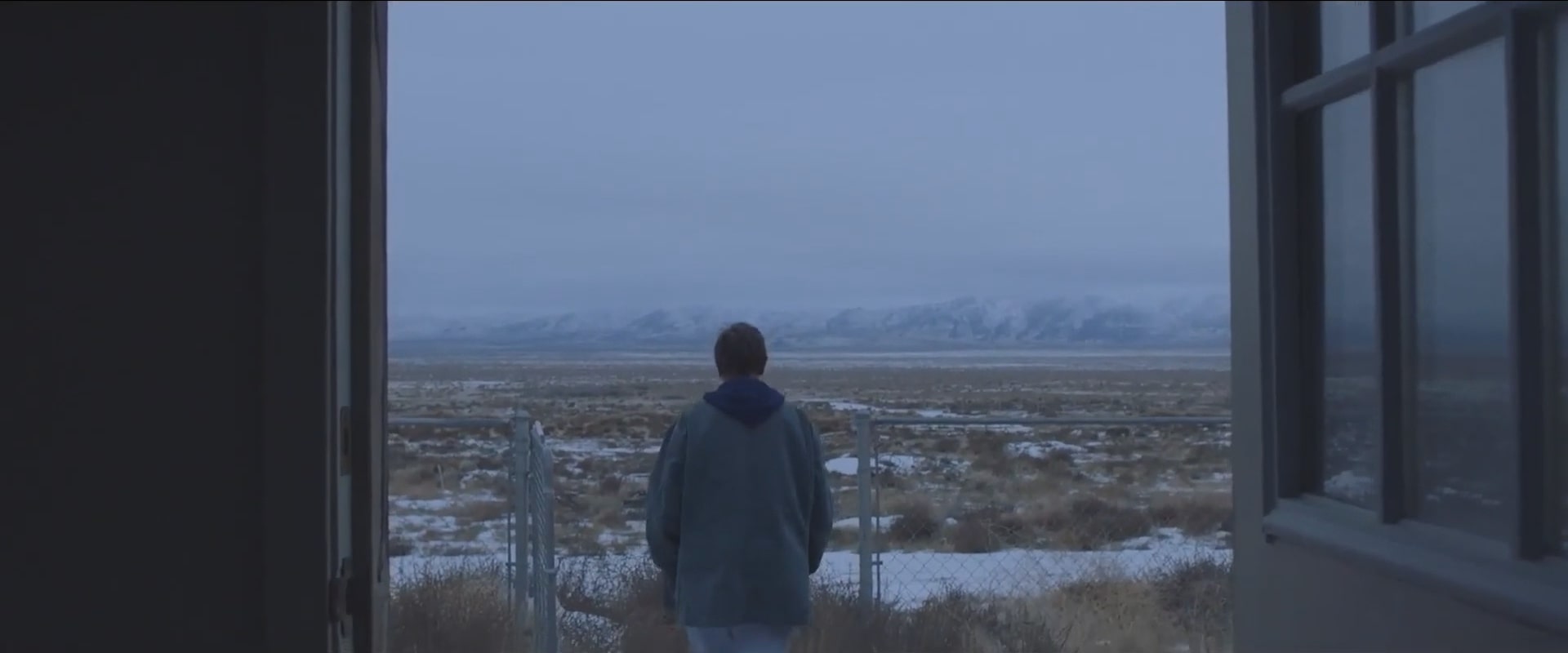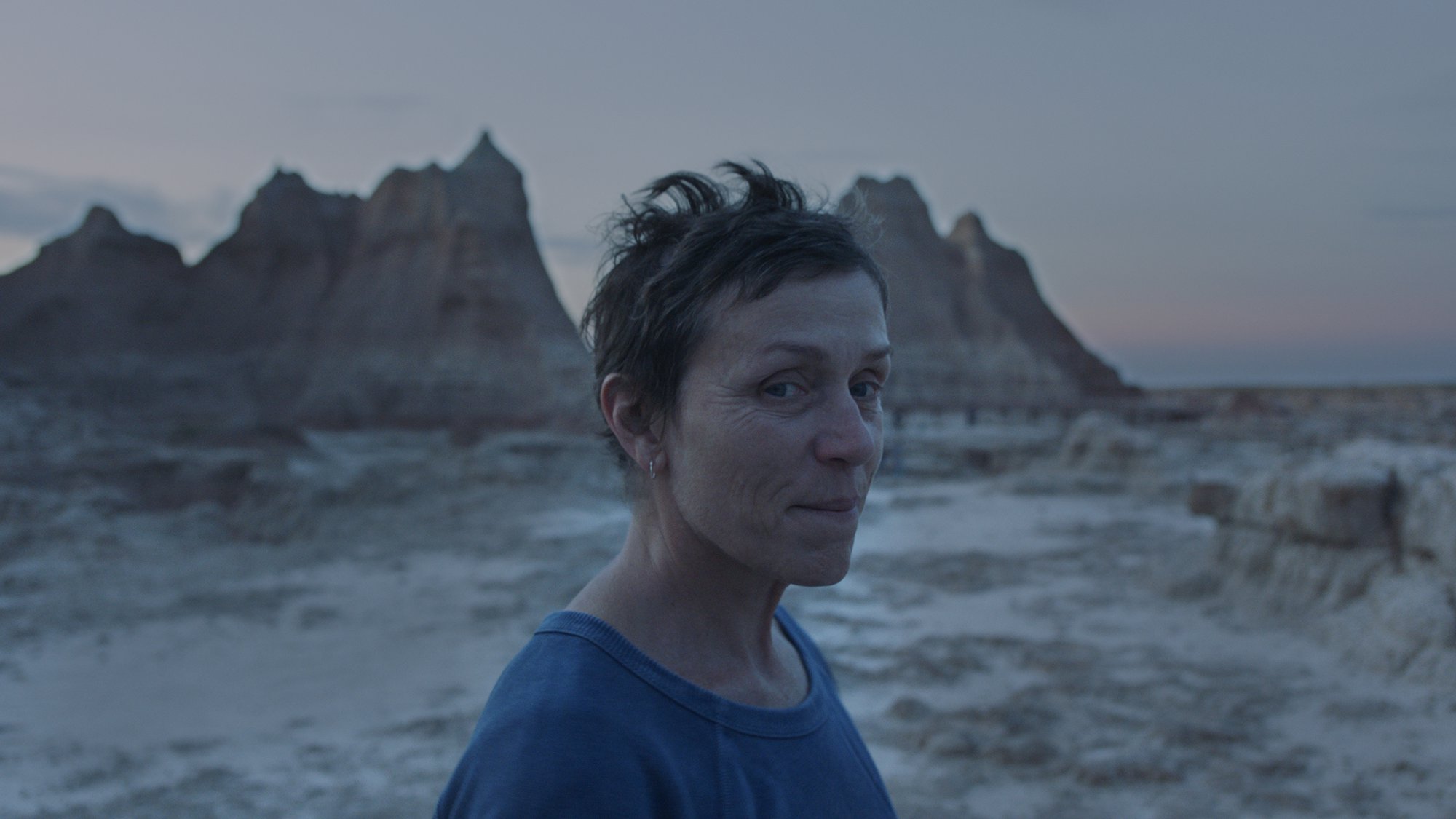Directed by Chloé Zhao, ‘Nomadland’ is a neo-western road movie that tells the story of a widowed woman named Fern (Frances McDormand), who is forced to live a nomadic life after the US Gypsum plant she works shuts down. As the plant employed most of the people in Empire, Nevada, the town soon joins hundreds of others all across the US that have become deserted after suffering such economic devastation. Within 6 months, its entire zip code gets erased.
Despite working all her adult life, Fern realizes that she doesn’t have enough money to keep the permanent roof over her head and moves into her van. She is initially reluctant to embrace the nomadic life but does so because she has no other legal option left. But as time progresses, she grows to love the lifestyle and the freedom it allocates her.
Following its release, the film received widespread positive reviews, with critics praising it for McDormand’s restrained performance, Zhao’s masterful direction, and Joshua James Richards’ crisp cinematography. If the film’s candid portrayal of the real-life modern nomads has made you wonder whether it is based on real-life events, here is everything we know.
Is Nomadland Based on a True Story?
No, ‘Nomadland’ is not based on a true story. But several elements of the film are inspired by real life. The film actually is based on Jessica Bruder’s 2017 non-fiction book, ‘Nomadland: Surviving America in the Twenty-First Century.’ Bruder spent three years researching for the book and got to personally know many of her subjects, all of whom are in their 60s and 70s, well past the traditional retirement age. They were forced to hit the road and seek out temporary jobs because the Great Depression of 2008-2009 left them in financial ruin.

These itinerant workers (or “workampers,” as they like to call themselves) travel in their second-hand camper vans, jeeps, or repurposed buses across their immense country, performing jobs such as harvesting beets in North Dakota, keeping the National Forest campgrounds clean and running in California, and packaging goods in an Amazon fulfillment center.
Bruder’s book follows Linda May, an upbeat and kind woman who serves as the author’s primary window to the nomad subculture. Consequently, in 2017, McDormand and her producing partner, Peter Spears, optioned the book’s cinematic rights from Bruder. McDormand became interested in bringing in Zhao to helm the project after watching the Chinese filmmaker’s ‘The Rider’ at the 2017 Toronto International Film Festival. Zhao subsequently came on board as both the scriptwriter and director. She would later perform editing duties as well.
At first, the film was meant to follow Bruder’s book more faithfully. Zhao conducted her own research extensively, traveling across the country and personally interviewing the nomads. While she was visiting Linda May’s property, she met one of Linda’s friends and fellow nomad, Charlene Swankie. Zhao met Swankie again in Colorado, and the two women spent a lot of time together. Thoroughly impressed by Swankie, Zhao decided to create the film’s protagonist as an amalgamation of both Linda and Swankie. This character eventually became Fern. So, while the nomadic subculture is real, and some of the stories depicted in the film are also real, Fern is definitely fictional.

Except for McDormand and David Strathairn (who plays David), the film’s cast is mostly made up of real-life workampers. Linda May and Swankie appear in the film as dramatized versions of themselves, as does Bob Wells, a legendary personality among the new-age nomads. While each scene in the film is teeming with poetic beauty, the plot of ‘Nomadland’ has a certain docu-drama quality. Even McDormand and Strathairn’s characters are named after them, likely to give the movie another layer of realism.
‘Nomadland’ is thematically quite similar to director John Ford’s 1940 film, ‘The Grapes of Wrath,’ based on John Steinbeck’s 1939 namesake novel. Both the migrations of the new-age nomads and so-called “Okies” are triggered by the Great Depressions of their time. Both films deal with themes like loneliness, destitution, and displacement. However, there is one key difference between the two films. In ‘The Grapes of Wraths,’ the Joads begin their travel as a family, while Fern’s journey is innately solitary.
The film also shares some similarities with Terrence Malick’s 1978 period drama ‘Days of Heaven,’ a film about two people who travel from Chicago to the Texas Panhandle to work as farmhands for an affluent landowner. Zhao’s artistic sensibilities seem to have been greatly influenced by Malick’s works. She even describes herself as part of Malick’s school of filmmaking.

Like the original book, the film doesn’t spend much time commenting on the financial and political issues that have brought the nomads on the road in the first place. Both Bruder and Zhao actively choose to focus on the human side of the story. In the film, the 2008 financial crisis comes up during a conversation between Fern and her brother-in-law and his friends, but Fern’s sister quickly changes the topic by comparing Fern to American pioneers. Evidently, the film uses real-life incidents to further the narrative, which works in its favor tremendously.
Read More: Where Was Nomadland Filmed?


You must be logged in to post a comment.